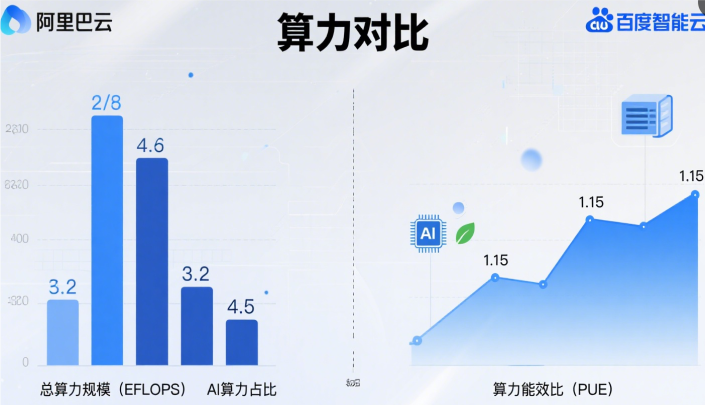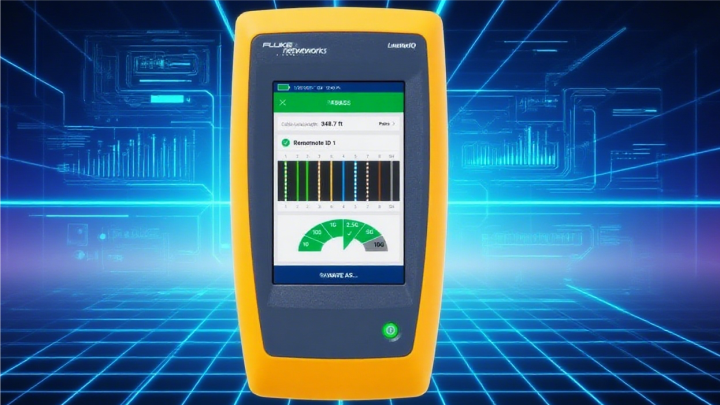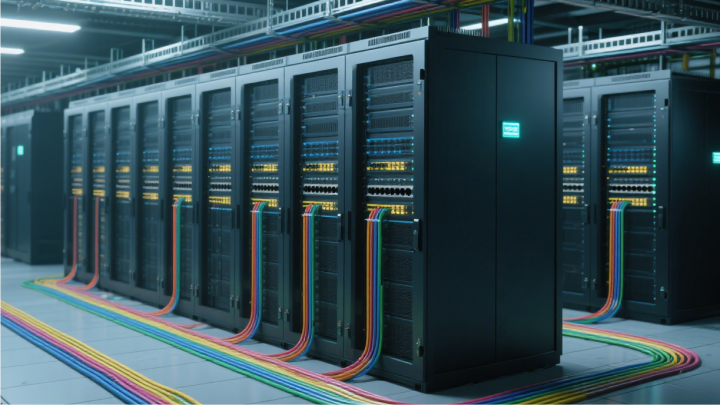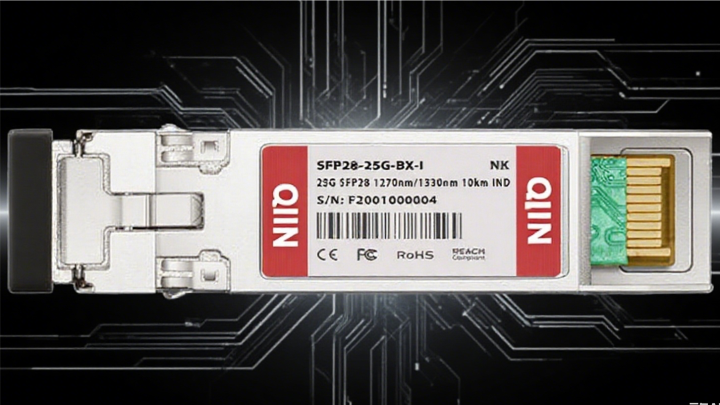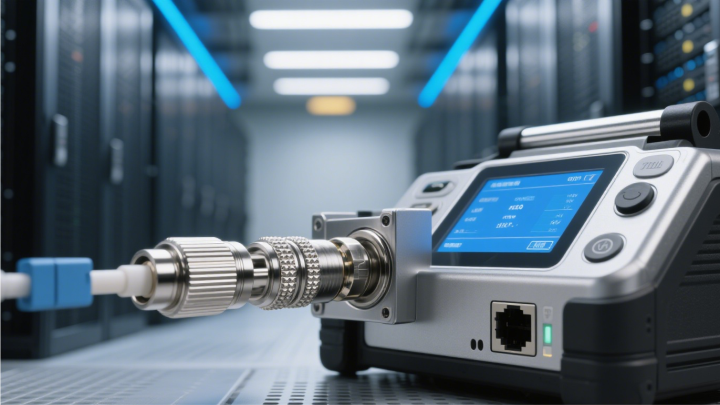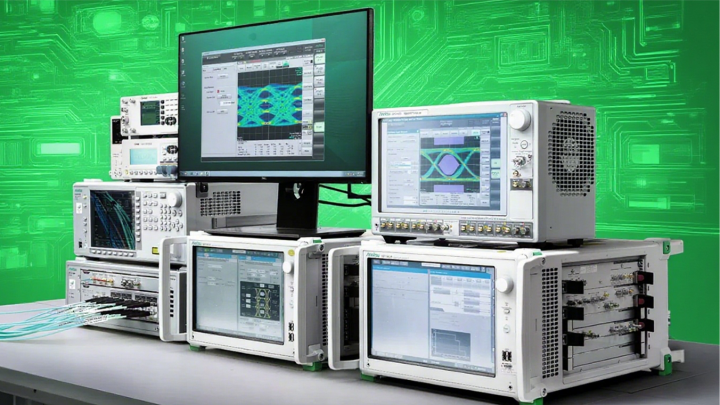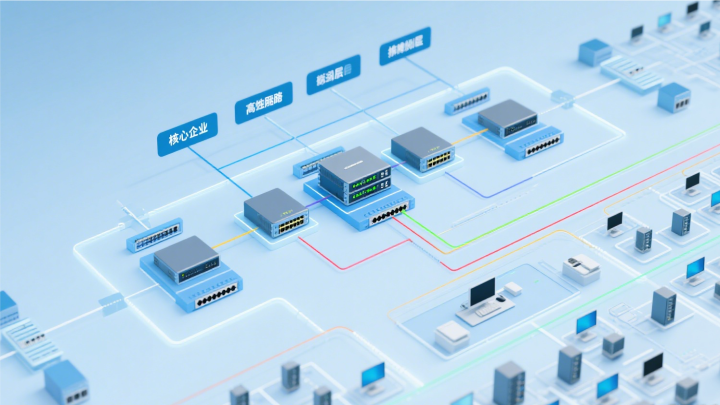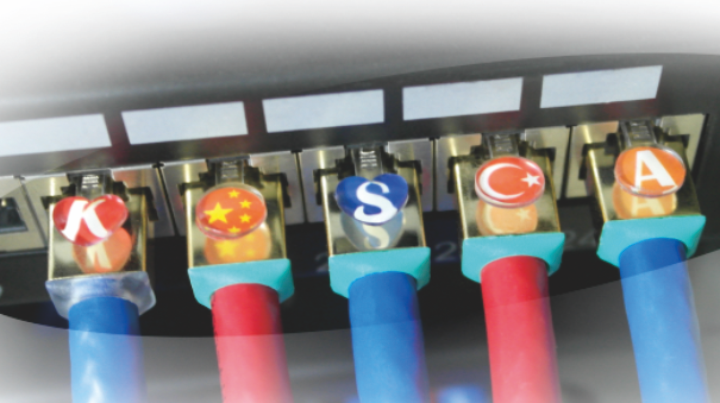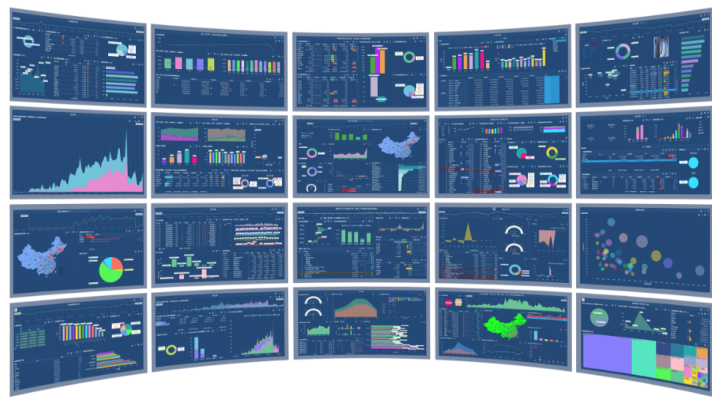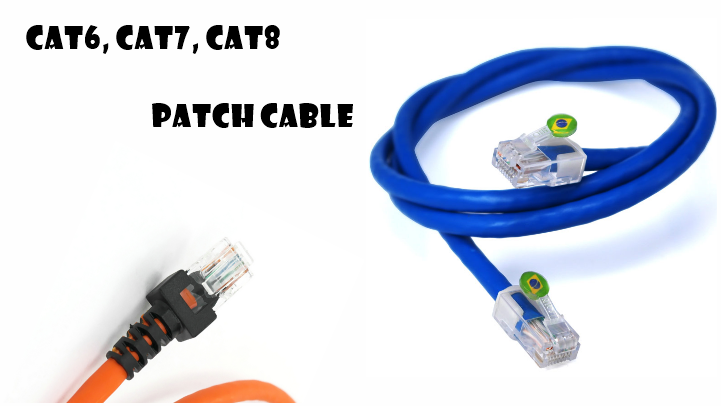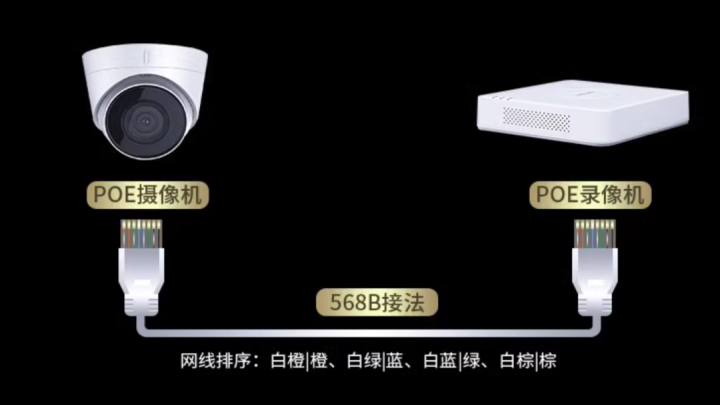Video transmission theory
Network surveillance cameras experience image lag, yet I calculated the bandwidth usage: a single camera consumes 8MB/s, while the switch uses 100Mbps. With 11 devices connected, the theoretical capacity is 100/8=12.5 units. Given the actual 11 connected devices, should the network bandwidth be sufficient? However, network lag persists. What's the root cause? External factors are usually identified first. But what should you do if external causes are ruled out? To address these concerns, we need to understand the fundamental concepts of network surveillance and related equipment. What are video streams and frame rates?

Video bitstream refers to the data volume used per unit time after video file encoding, also known as video bitrate. It is the most critical factor affecting video image quality (as cited from Baidu Encyclopedia). In surveillance video systems, the unit of measurement for bitstream is 1 second. Since 1 second equals 1000 milliseconds (used below), can video images flow uniformly like water? Definitely not. Instead, they pass through frames—the fundamental unit of data transmission. The higher the frame rate (expressed as fps), the smoother the displayed motion becomes. High frame rates enable more fluid and realistic video animations. For example, at 25 frames per second, there's a 40-millisecond interval between each frame. This means the average bitrate during transmission intervals must be lower than that during actual frame transmission. Video frames are categorized into three types: I-frames, P-frames, and B-frames. I-frames typically represent the first frame of each video segment, which occupy the largest data volume. A schematic diagram illustrates this clearly.

What are full-duplex and half-duplex? Full-duplex transmission allows a switch to send and receive data simultaneously, like two horses passing each other on a wide east-west road. When Horse A travels westward and Horse B moves eastward, both can proceed without interference – this analogy illustrates a full-duplex link. Modern switches all support this technology, offering low latency and high speed. Half-duplex, on the other hand, operates in a "one-way" mode. Think of it as a narrow bridge: only one person can cross at a time. When two people walk across from opposite ends of the bridge, one must stop first and wait for the other to pass. This bridge analogy represents a half-duplex link. Early devices like walkie-talkies and hubs used half-duplex technology. However, heavy data traffic caused conflicts and packet errors in half-duplex links, ultimately degrading performance. As a result, half-duplex has gradually been phased out of modern systems.

Key Differences Between Full-Duplex and Half-Duplex Networking: 1. In full-duplex mode, all eight wires must be connected to corresponding wire positions on the RJ45 connector. 2. Half-duplex mode requires only four wires: orange-white (transmit), orange (transmit), green-white (transmit), and green (transmit) -following the T568B standard. Orange-white and orange transmit data while green-white and green receive it. 3. Full-duplex cables support speeds exceeding 100 Mbps, whereas half-duplex cables typically reach around 10 Mbps. 4. Full-duplex cables can operate in both modes, but half-duplex cables cannot function in full-duplex mode. 5. The extra two wire pairs in half-duplex mode can be used as telephone lines, such as separating the "white-blue, blue" pair for phone connections. This method reduces cabling costs by using a single twisted pair for both network and telephone functions. What is Network Port Speed? Modern network interfaces are Ethernet ports. Port speed determines data transmission bandwidth, with common types including 10Mbps, 100Mbps, and 1000Mbps. Common Ethernet ports include RJ-45, RJ-11, SC fiber optic, FDDI, AUI, BNC, and Console ports. However, when we commonly refer to network port speeds, we are generally talking about RJ-45 connectors (the standard RJ-45 connector). Interfaces with different speeds may still work together, though the actual operating speed ultimately depends on mutual agreement. For example, if a 100 Mbps auto-negotiating interface connects with a 10 Mbps auto-negotiating interface, they will negotiate to operate at 10 Mbps. Therefore, the interface speed doesn't necessarily match its operating speed – typically, the actual working speed will be lower or equal to the interface speed.
-
fibre-optical
Jul 22, 2025
-
Classified by control technology
Jul 22, 2025
-
Aliyun VS Baidu Cloud
Jul 19, 2025
-
Smart factory network cabling
Jul 19, 2025
-
Full analysis of wiring test tools
Jul 19, 2025
-
Enterprise network cabling
Jul 19, 2025
-
Can you do smart control without the Internet
Jul 19, 2025
-
Principle of whole house intelligent control
Jul 18, 2025
-
Specifications and functions of light modules
Jul 18, 2025
-
Fiber optic engineering
Jul 18, 2025
-
Common classifications and their specific types:
Jul 18, 2025
-
Parking fee system
Jul 14, 2025
-
Video face recognition big data system
Jul 14, 2025
-
Starlink is a low-orbit satellite launched by SpaceX
Jul 14, 2025
-
5G base station project
Jul 14, 2025
-
5G and Starlink overview
Jul 14, 2025
-
Internet Data Center (IDC)
Jul 11, 2025
-
Enterprise LAN solutions
Jul 10, 2025
-
Video transmission theory
Jul 10, 2025
-
Patented technology and marked RJ45 crystal head
Jul 10, 2025
-
Advantages and disadvantages of intelligent control
Nov 30, 2024
-
Video Streaming Data Center
Nov 30, 2024
-
Computer Centre
Nov 30, 2024


